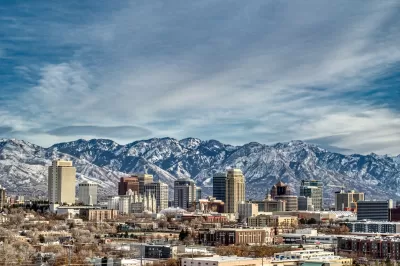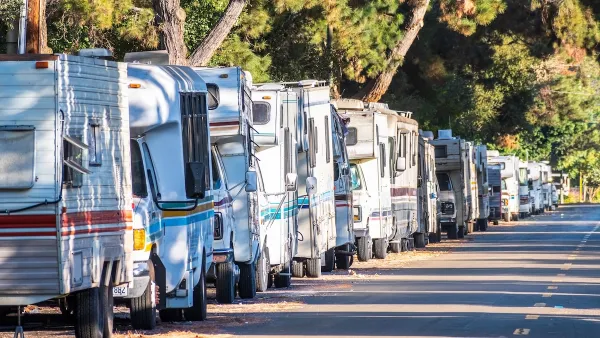The state’s attempt to decentralize emergency homeless shelters yielded poor results, leading to a decision to develop a “transformative” intake campus with wraparound services.

The Utah Homeless Services Board plans to build a new “transformative, centralized” shelter for unhoused residents, acknowledging that a prior plan to redistribute shelter beds across three facilities led to high costs and a shortage of available beds.
As Katie McKellar explains in Utah News Dispatch, “In 2019, the Road Home’s old downtown homeless shelter that some nights sheltered more than 1,000 people shut down after years of heartburn over its impact to the Rio Grande area and painstaking political wrangling to site three new homeless resource centers meant to replace it with a “scattered sites” model, meant to break up populations into smaller facilities.”
Now, the state wants to take a “more holistic and permanent approach” to reducing homelessness and providing services. The Board directed the Office of Homeless Services to identify three potential sites appropriate for a 30-acre campus and submit a master plan including “programmatic and structural schematics, costs, best practices from other similar institutions, and definitions of the success outcomes that will be measured and evaluated” by January 15, 2025.
The Board called for the campus to be built by October 1, 2025 with beds that are “low barrier” and easily accessible year-round. While details on the campus are still fuzzy, state homeless coordinator Wayne Niederhauser says it will include case management, healthcare, and other wraparound services, serving as an intake hub.
FULL STORY: Utah homeless board OKs search for up to 1,200-bed ‘centralized campus.’ What now?

Planetizen Federal Action Tracker
A weekly monitor of how Trump’s orders and actions are impacting planners and planning in America.

Map: Where Senate Republicans Want to Sell Your Public Lands
For public land advocates, the Senate Republicans’ proposal to sell millions of acres of public land in the West is “the biggest fight of their careers.”

Restaurant Patios Were a Pandemic Win — Why Were They so Hard to Keep?
Social distancing requirements and changes in travel patterns prompted cities to pilot new uses for street and sidewalk space. Then it got complicated.

Platform Pilsner: Vancouver Transit Agency Releases... a Beer?
TransLink will receive a portion of every sale of the four-pack.

Toronto Weighs Cheaper Transit, Parking Hikes for Major Events
Special event rates would take effect during large festivals, sports games and concerts to ‘discourage driving, manage congestion and free up space for transit.”

Berlin to Consider Car-Free Zone Larger Than Manhattan
The area bound by the 22-mile Ringbahn would still allow 12 uses of a private automobile per year per person, and several other exemptions.
Urban Design for Planners 1: Software Tools
This six-course series explores essential urban design concepts using open source software and equips planners with the tools they need to participate fully in the urban design process.
Planning for Universal Design
Learn the tools for implementing Universal Design in planning regulations.
Heyer Gruel & Associates PA
JM Goldson LLC
Custer County Colorado
City of Camden Redevelopment Agency
City of Astoria
Transportation Research & Education Center (TREC) at Portland State University
Camden Redevelopment Agency
City of Claremont
Municipality of Princeton (NJ)





























